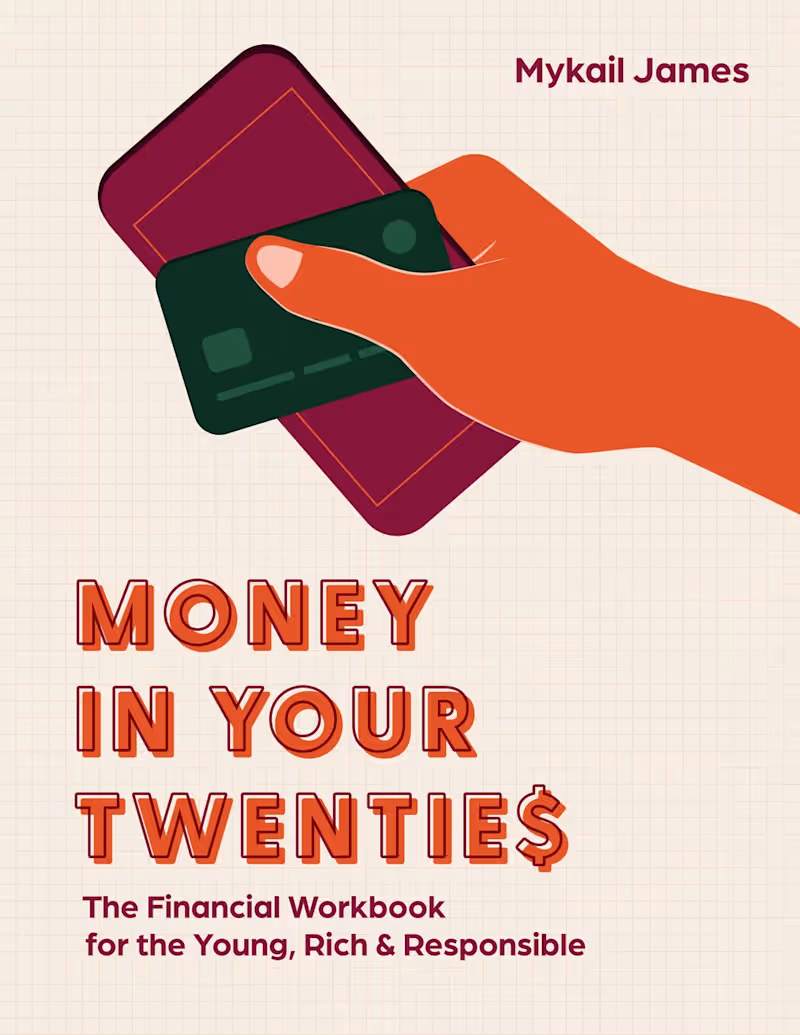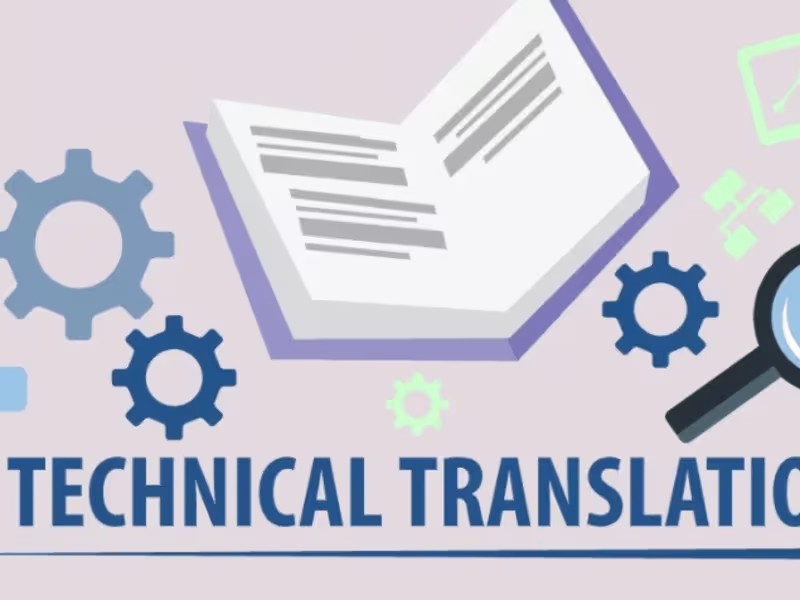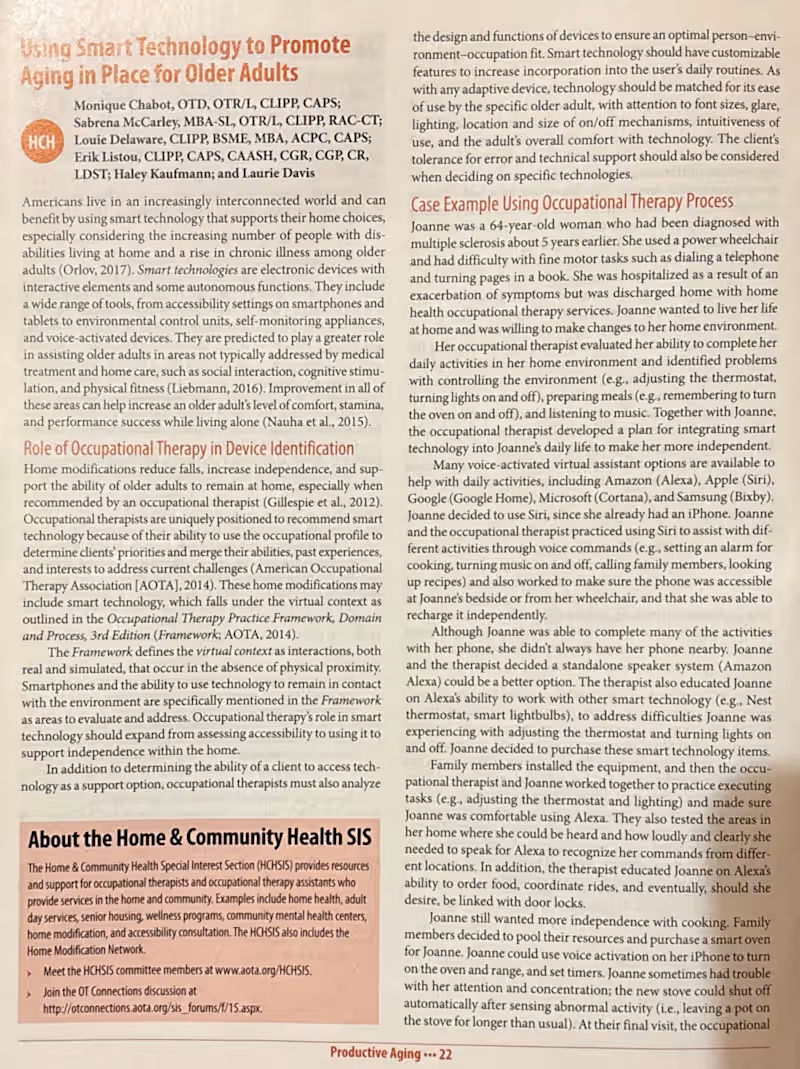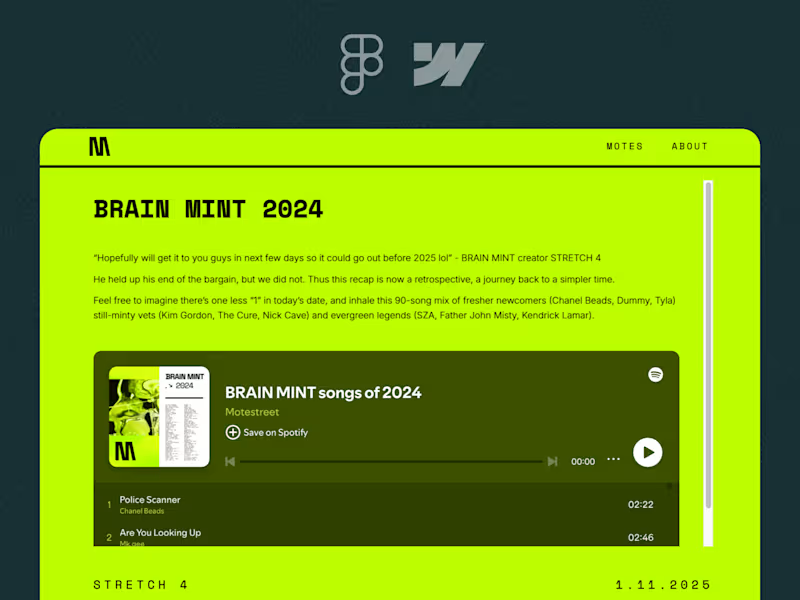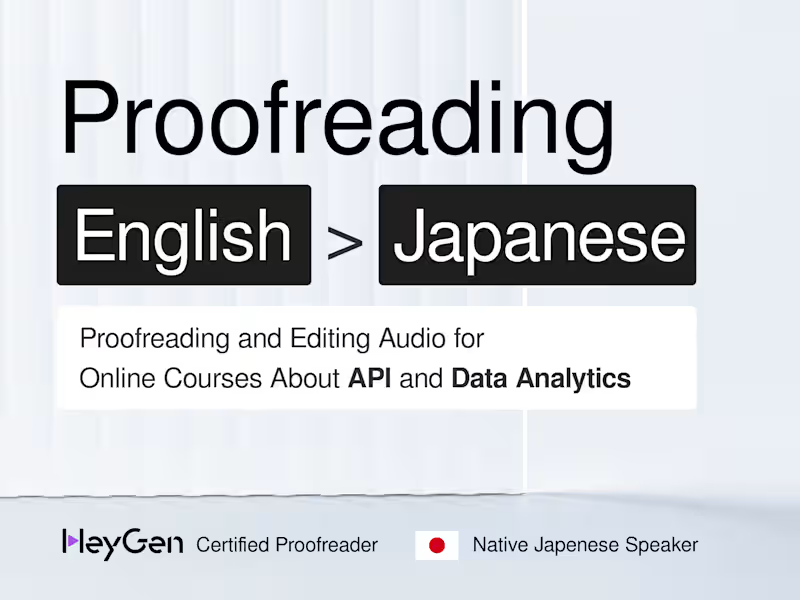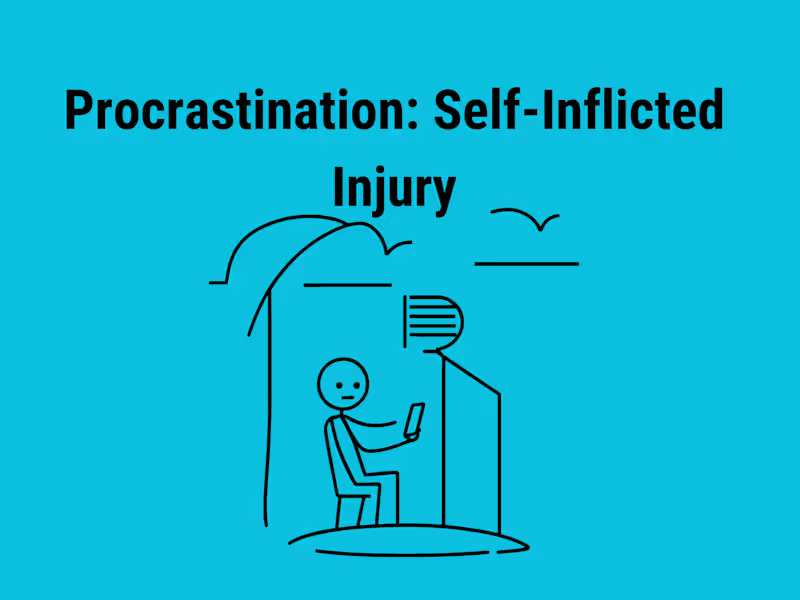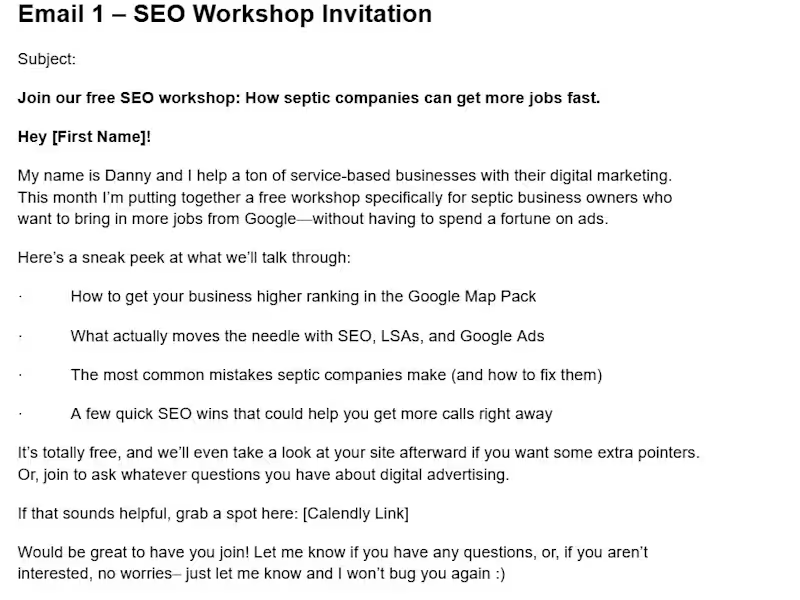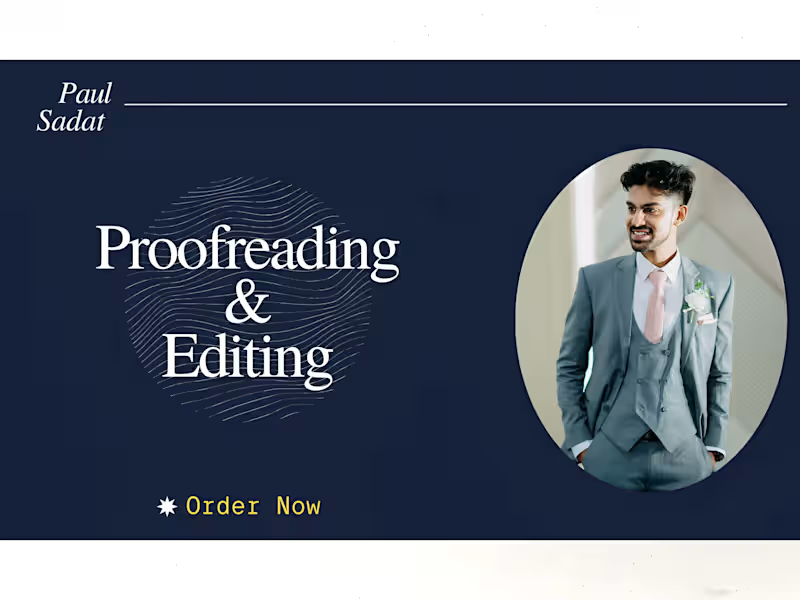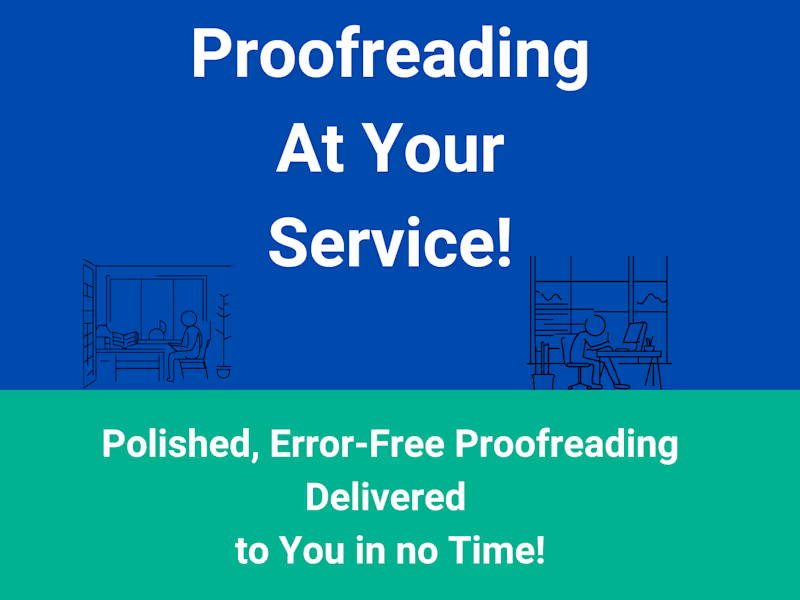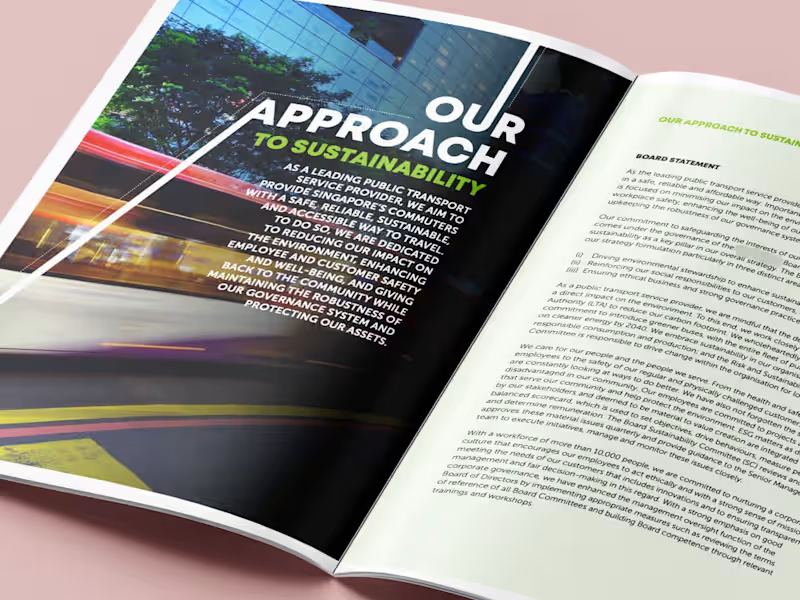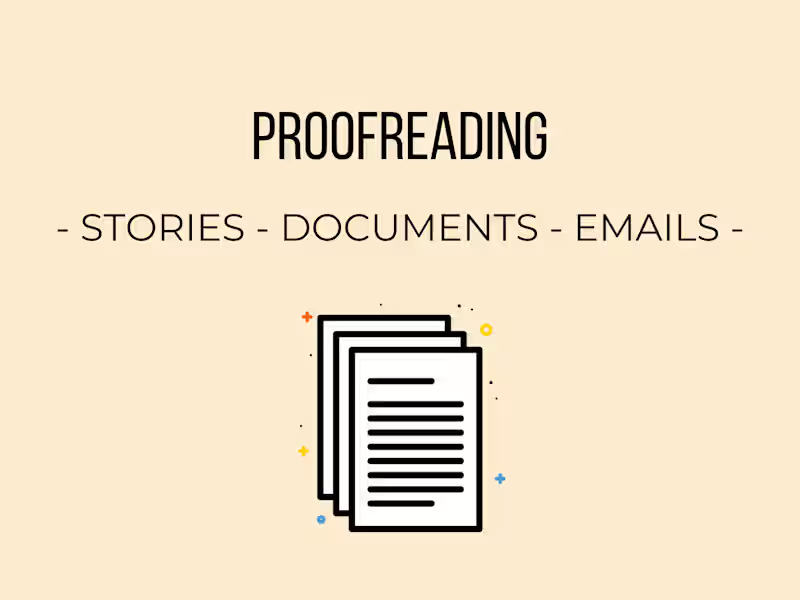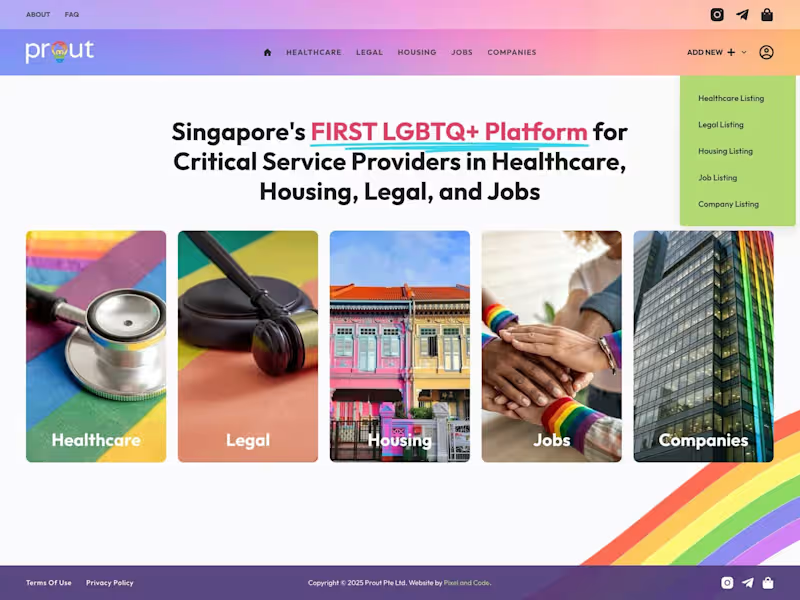What is the scope of the proofreading project?
Make sure you know what needs proofreading. This could be a book, an article, or a report. Clearly define the word count or page length. Specify particular sections that need more focus. Having a clear scope helps set expectations.
What is the deadline for the proofreader?
Determine the exact date you need the project completed. Factor in any revisions that might be needed. Giving a clear deadline helps the proofreader manage their time. Being upfront about urgency helps you find someone with availability.
What style guide should the proofreader use?
Know which style guide your document should follow. This could be APA, MLA, or Chicago. Tell the proofreader early on so they align with your needs. This ensures consistency throughout your work.
What are the specific criteria for quality?
Identify what 'high quality' means for your project. Is it about eliminating all errors, maintaining tone, or following a style guide? Knowing these details helps the proofreader meet your expectations. Highlighting quality criteria can lead to a polished outcome.
What type of document are you providing?
Tell the proofreader what kind of document they will be working on. Is it technical, creative, or formal? This helps the proofreader prepare accordingly. Providing this information early helps tailor their approach.
What format should the proofreader return the work in?
Specify the final format you need. This could be a Word document, PDF, or another file type. Letting the proofreader know ensures compatibility with your systems. Communicating format needs ensures a smooth handover.
Do you have any examples of work you like?
Show the proofreader examples with the desired quality and style. This helps them understand your vision and expectations. Provide examples to guide their editing approach. Sharing references aids in achieving the final product you want.
Will there be regular check-ins during the project?
Decide if you want to have regular updates or meetings. This can help track progress and make adjustments if needed. Scheduling check-ins ensures that everyone is on the same page. Regular communication leads to a successful project.
Are there specific areas of focus in the proofreading?
Identify parts of your document that might need extra attention. Maybe certain chapters or sections are more complex. Telling the proofreader about these areas helps distribute their focus. This improves the overall effectiveness of the proofreading process.
Will the proofreader need to collaborate with any of your team?
Consider if the proofreader needs access to other people. Maybe they'll need to talk with editors, writers, or designers. Letting them know helps them plan their communication strategy. Coordinating team involvement can enhance project cohesion.
Who is Contra for?
Contra is designed for both freelancers (referred to as "independents") and clients. Freelancers can showcase their work, connect with clients, and manage projects commission-free. Clients can discover and hire top freelance talent for their projects.
What is the vision of Contra?
Contra aims to revolutionize the world of work by providing an all-in-one platform that empowers freelancers and clients to connect and collaborate seamlessly, eliminating traditional barriers and commission fees.

- $1k+
- Earned
- 23x
- Hired
- 5.0
- Rating
- 34
- Followers
Top

- $25k+
- Earned
- 38x
- Hired
- 5.0
- Rating
- 134
- Followers
Top

- $1k+
- Earned
- 9x
- Hired
- 5.0
- Rating
- 30
- Followers
Top

- $1k+
- Earned
- 5x
- Hired
- 5.0
- Rating
- 23
- Followers
Top

- 1x
- Hired
- 5.0
- Rating
- 10
- Followers
Proofreader
































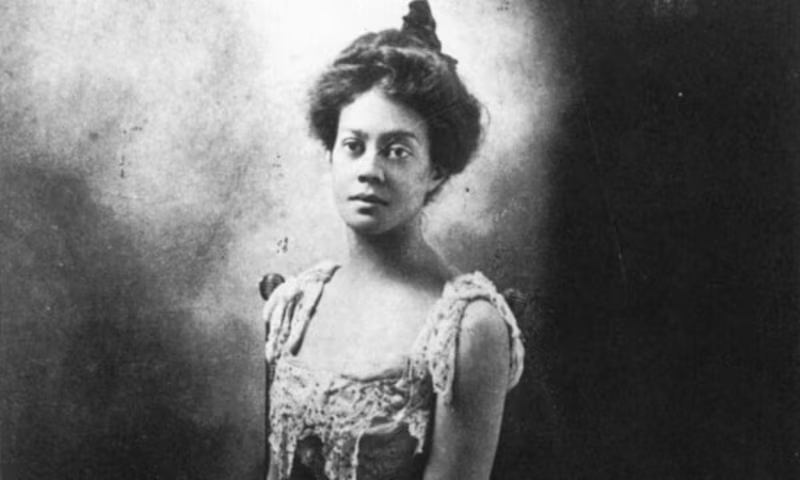



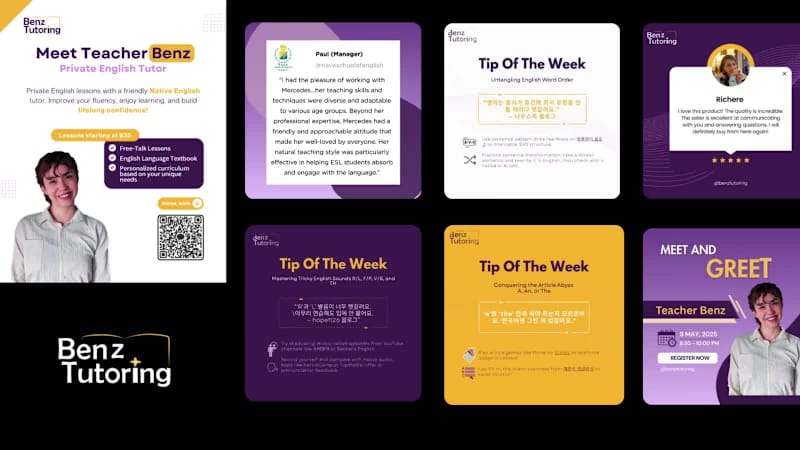
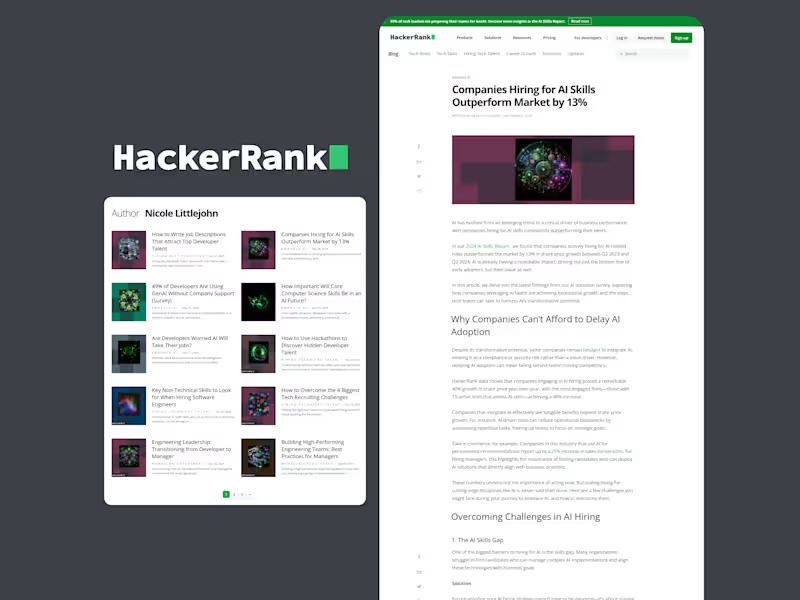




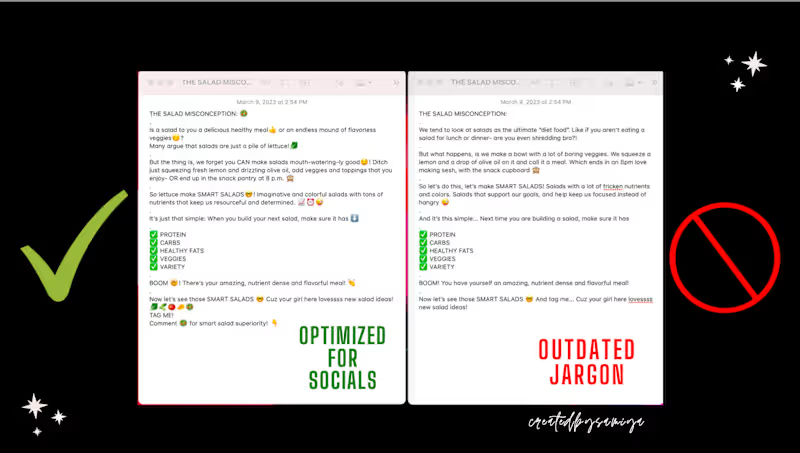




















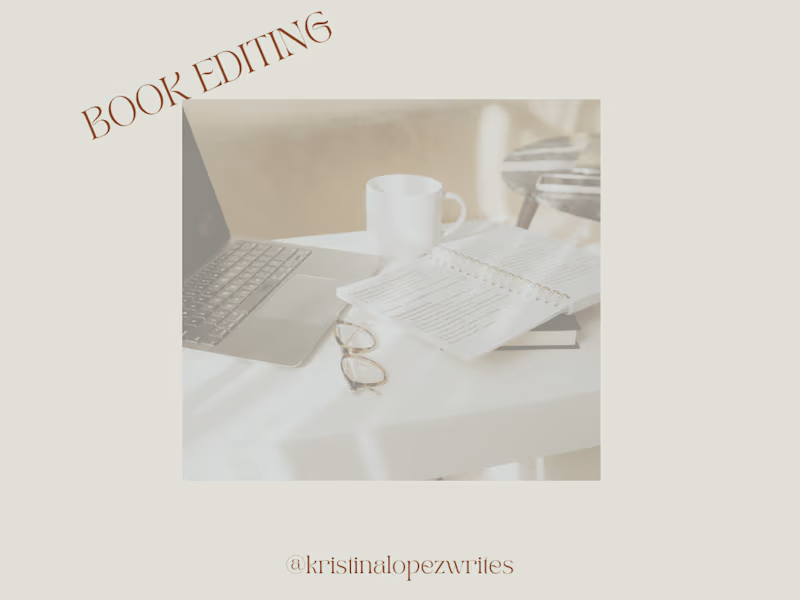


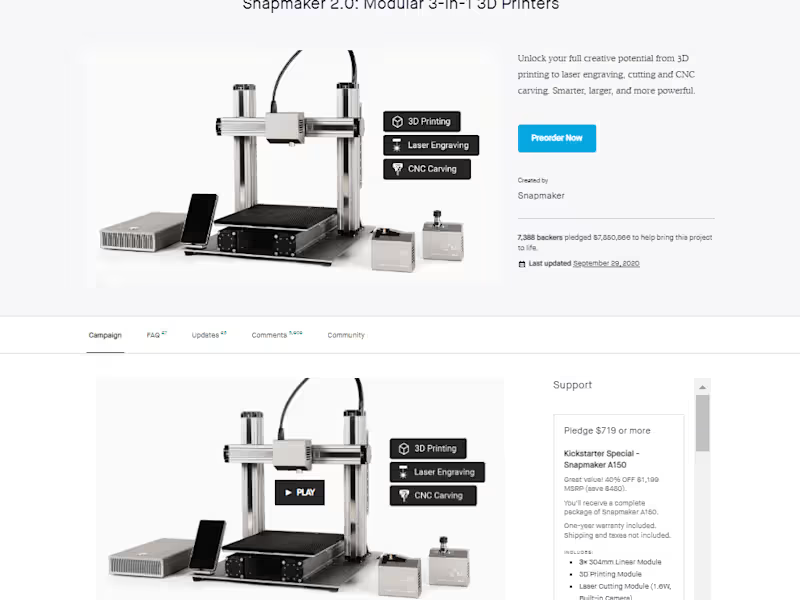

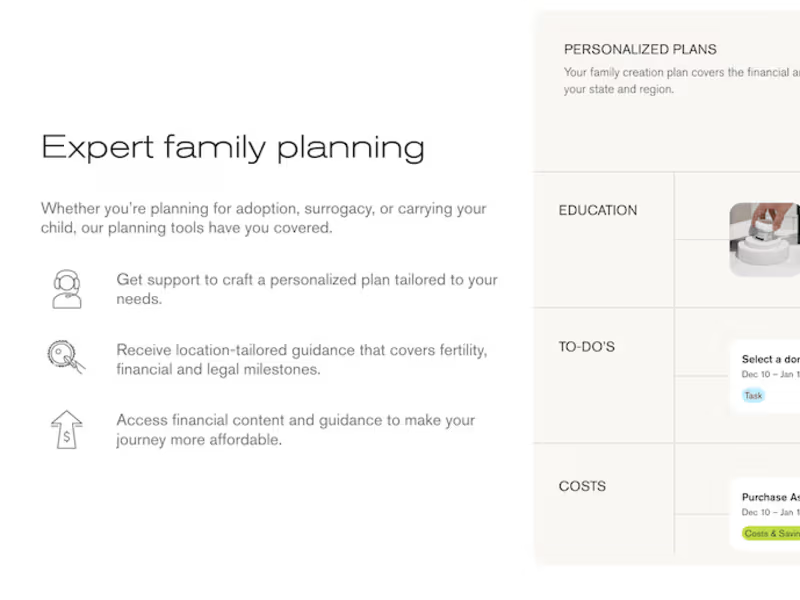

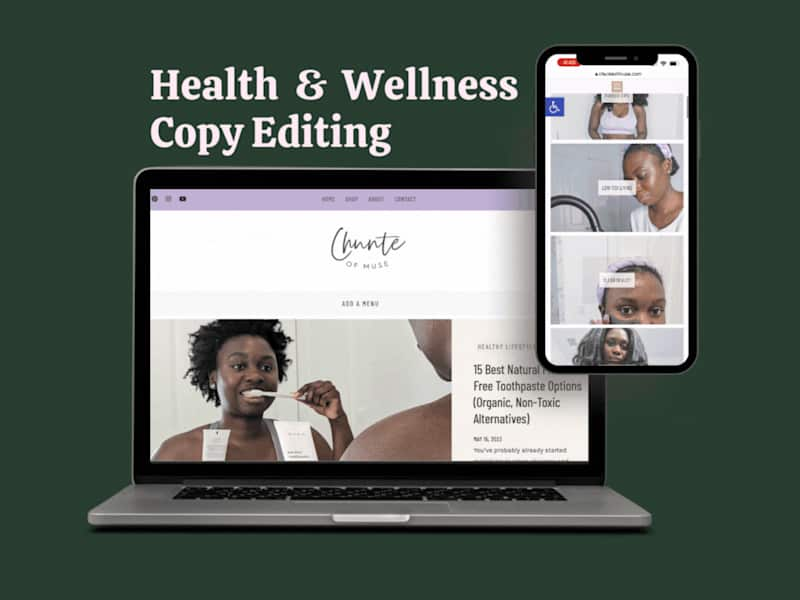


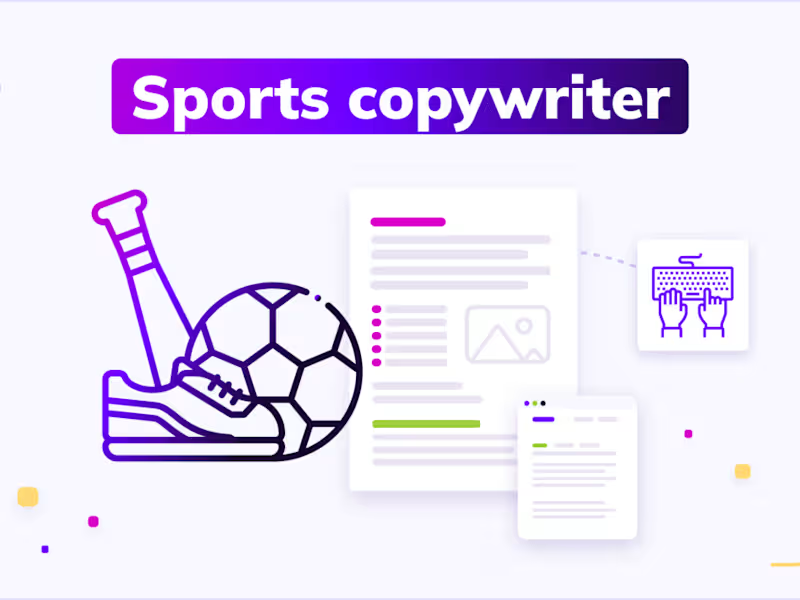


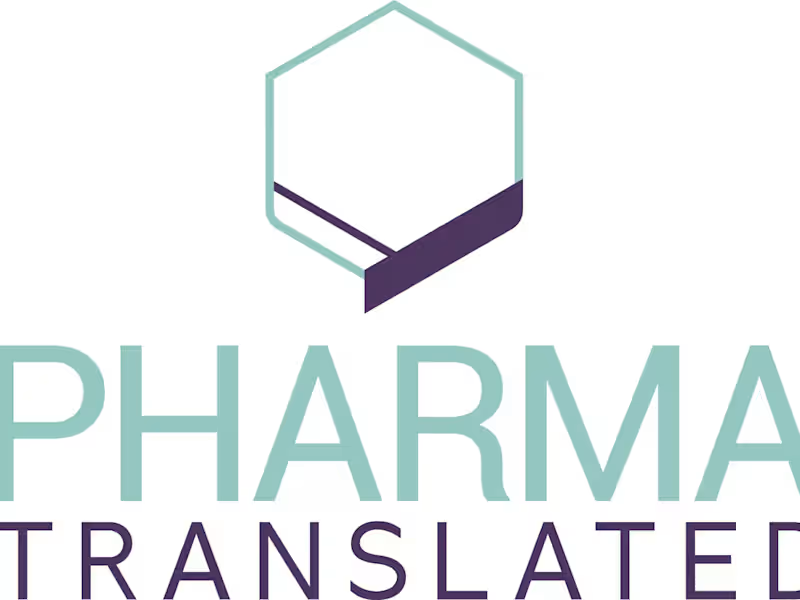

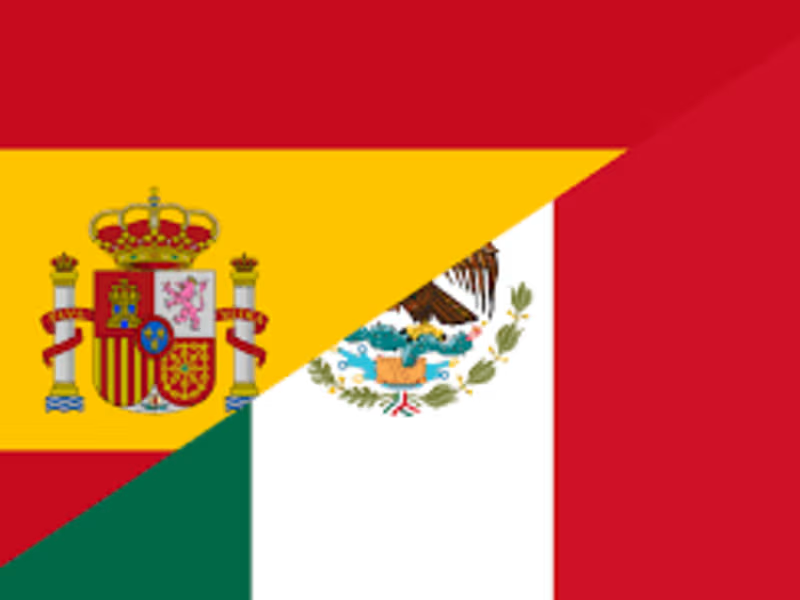

![Cover image for Joel Simon [Artist Statement]](https://media.contra.com/image/upload/w_800,q_auto/hptoovi6nzii2zzcfz8z.avif)

